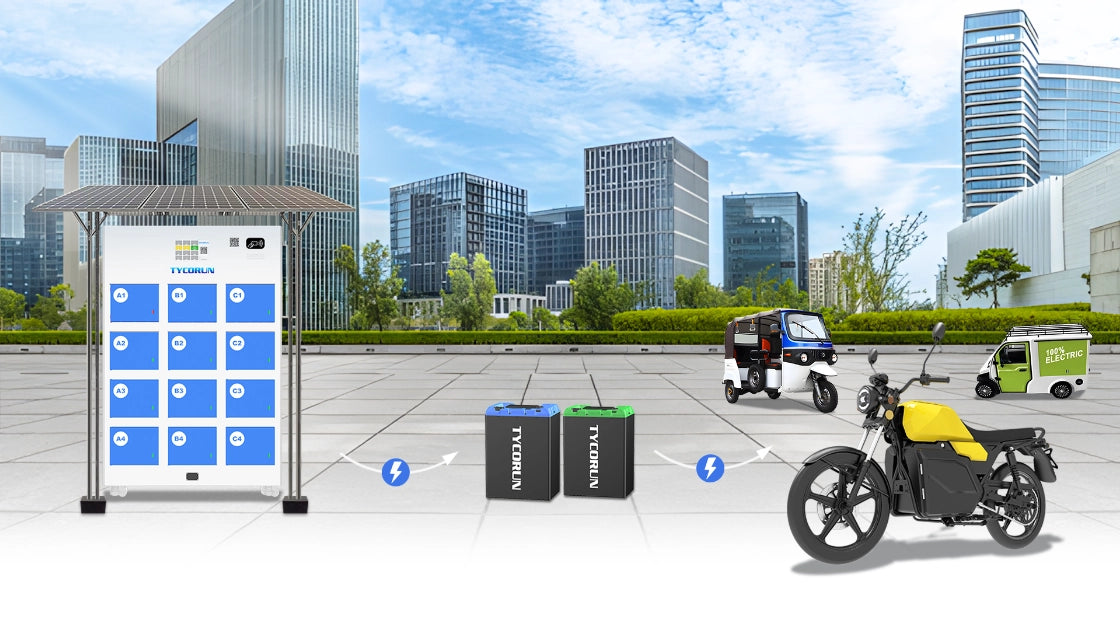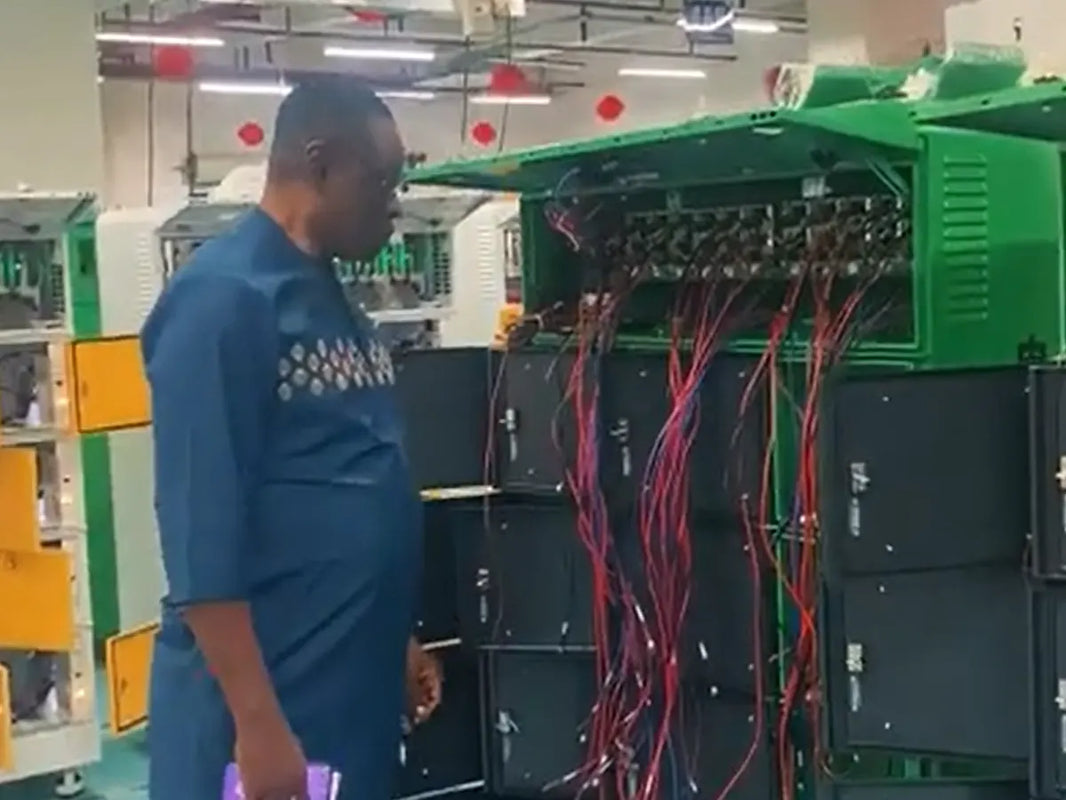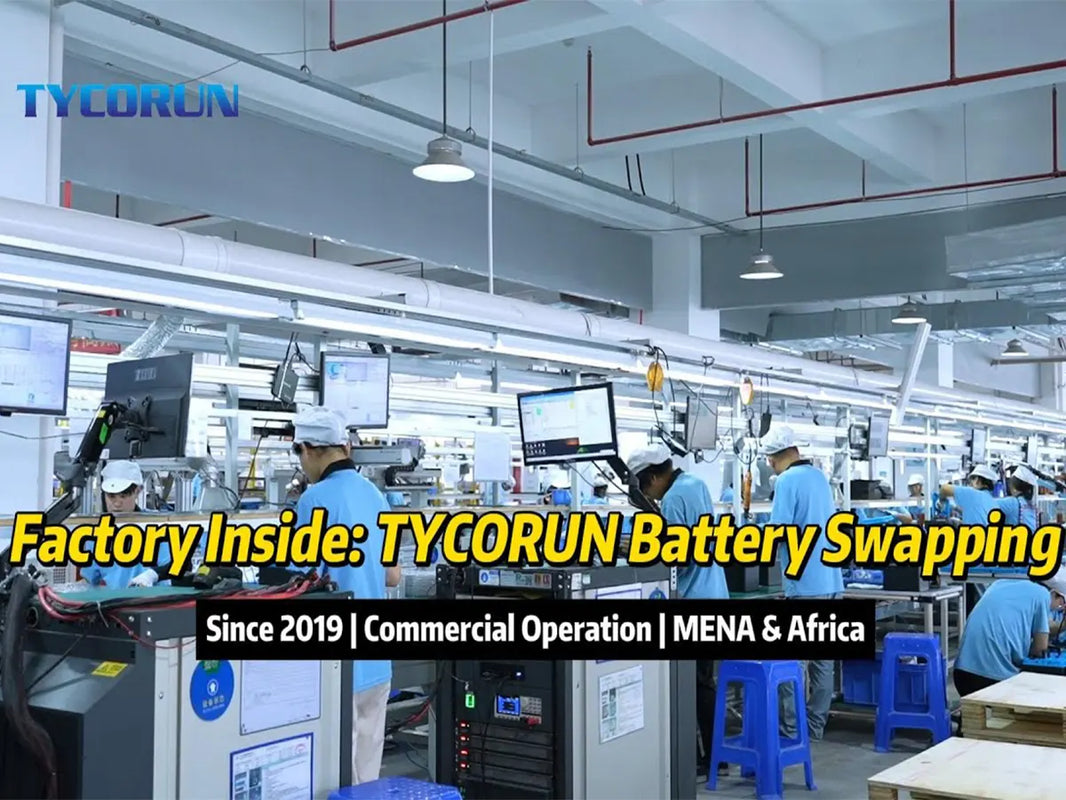
Main content:
Have you noticed that rechargeable batteries don't last as long as they used to? This often happens because of something called the battery memory effect, which can lower both the battery capacity and battery performance. Learning about this effect is important for anyone who uses rechargeable batteries regularly. Let's explore what the memory effect means and how it can affect your devices in this article.
What Does Battery Memory Effect Mean?
The battery memory effect refers to a situation where rechargeable batteries gradually lose their full charge capacity because they are repeatedly partially discharged and then recharged. Essentially, the battery starts “remembering” the shorter discharge cycles and may stop delivering its full potential even if it still has energy left.

For example, if a cordless drill battery is always recharged after being used only halfway, it may start acting like its total capacity is only half. As a result, your tools or devices won’t last as long before needing another charge.
How Battery Memory Effect Happens
The battery memory effect happens when the chemical reactions inside a battery don't fully reset during charging.
This effect is most common in nickel-cadmium (NiCd) batteries. When these batteries are recharged before being completely drained, larger cadmium crystals form inside. These crystals take up more space and reduce the area needed for the battery’s reactions, which lowers the voltage and performance.
For example, if you always recharge a battery after using only about 30% of its energy, the battery can start to ‘remember’ that level. Over time, it may act as if 30% is the limit and stop working beyond that point. This means the battery can no longer deliver its full capacity, even though energy is still stored inside.
Signs Your Battery Might Have Memory Effect
Recognizing the battery memory effect early can help prevent permanent damage. Common indicators include:

- Shorter Runtime: Devices require more frequent charging because the battery can't hold its original capacity.
- Unexpected Shutdowns: Batteries may reach their “cut-off” voltage prematurely, causing devices to turn off suddenly.
- Faster Wear and Tear: Over time, the battery ages more quickly, potentially leading to expensive replacements.
Understanding these signs can help users adjust their charging habits before the battery is permanently affected.
Batteries Prone to Memory Effect
Not all batteries are equally susceptible to the battery memory effect.

- Nickel-Cadmium (NiCd) Batteries
NiCd batteries were among the first rechargeable batteries to be widely used. They are the most affected by the battery memory effect. When these batteries are recharged before being completely used up, tiny cadmium particles inside start clumping together. Over time, this makes the battery hold less energy and causes devices to run for shorter periods.
- Nickel-Metal Hydride (NiMH) Batteries
NiMH batteries are less affected compared to NiCd, but the memory effect can still appear in some cases. If they are constantly recharged after only light use, their capacity can also shrink. While the problem is milder, it’s still important to avoid shallow charging habits with these batteries.
- Lead-Acid Batteries
Lead-acid batteries usually don't suffer from strong memory effects, but poor charging habits can reduce their lifespan. If they are not fully charged regularly, crystals may form inside (a problem known as sulfation). This buildup lowers their efficiency and reduces the amount of energy they can deliver.
- Lithium-Ion (Li-ion) Batteries
When comparing lead acid vs lithium ion, unlike lead-acid batteries, lithium-ion batteries are generally not affected by the memory effect. The unique chemistry and manufacturing process of lithium-ion batteries make the memory effect unlikely, though slight capacity loss can still occur in certain conditions.
Practical Tips to Prevent Battery Memory Effect
Preventing the battery memory effect requires mindful charging, usage, and storage practices.
1. Deep Discharge Wisely
For NiCd and NiMH batteries, occasionally allow a full discharge before recharging. This “resets” the battery, helping it deliver maximum energy during use.
2. Use Smart Chargers
Modern chargers are designed to optimize charging by monitoring voltage and temperature. They prevent overcharging and apply the correct current, minimizing memory formation in rechargeable batteries.
3. Regular Maintenance
Periodic checks of battery voltage and capacity are key. Some devices allow battery calibration to ensure the charge indicator matches the actual battery capacity. This is especially useful for NiMH and NiCd batteries.
4. Control Environmental Conditions
High or low temperatures can accelerate chemical changes in batteries. Store batteries in a cool, dry place and avoid leaving devices in hot cars or freezing conditions. For long-term storage, keeping batteries partially charged can help maintain health.
5. Avoid Excessive Shallow Charging
Frequent topping-off without letting the battery run down can contribute to memory effect in susceptible batteries. Allowing a moderate discharge cycle before recharging is healthier for long-term battery life.
Best Practices for Lithium-Ion Batteries
Although Li-ion batteries do not experience traditional memory effect, careful usage still extends their life:

- Avoid Deep Discharge: Do not wait until the battery is completely drained before recharging.
- Do Not Overcharge: Remove the charger once the battery is full.
- Store Properly: If not in use, keep Li-ion batteries at about 50% charge and check them periodically.
- Rotate Usage: If multiple batteries are in rotation, use each periodically to prevent extended idle periods.
By adopting these routines, you can ensure that even modern batteries retain maximum capacity over years of use.
Why Preventing Battery Memory Effect Matters
Taking steps to reduce or prevent the battery memory effect brings many advantages. Devices can run longer and maintain performance closer to their original battery life. It also helps save money since extending battery lifespan reduces the need for frequent replacements. With better reliability, the risk of sudden shutdowns during important tasks is minimized. On top of that, fewer battery replacements mean less electronic waste, which benefits the environment. By learning how to manage the memory effect properly, users can enjoy convenience, save costs, and support more sustainable practices.
Conclusion
The battery memory effect is a significant factor in the longevity and efficiency of rechargeable batteries, particularly older technologies like NiCd and NiMH. While modern Li-ion batteries are less affected, careful charging, storage, and maintenance habits remain crucial.
Preventive measures, such as deep discharge cycles, smart charging, and temperature control, help mitigate the impact of memory effect, ensuring batteries deliver maximum performance for a longer time. Whether you are using tools, gadgets, or electric vehicles, adopting these practices allows you to extend battery life, reduce costs, and enjoy consistent device reliability.
Understanding the battery memory effect and how to prevent it ensures your devices remain powered and your batteries stay healthy, making your technology experience smoother and more efficient.
FAQ
1. Do lithium batteries have memory effects?
Lithium-ion batteries, in contrast, are considered to have no memory effect.
2. Can you fix battery memory effect?
The effect can be overcome by subjecting each cell of the battery to one or more deep charge/discharge cycles.
3. What does "no memory effect" mean on a battery?
Lithium-based batteries also have no memory effect. This means that we can safely partially charge and discharge them without worrying about losing their actual capacity.
Related Articles: Battery thermal management, Battery discharge capacity, Battery capacity loss
















